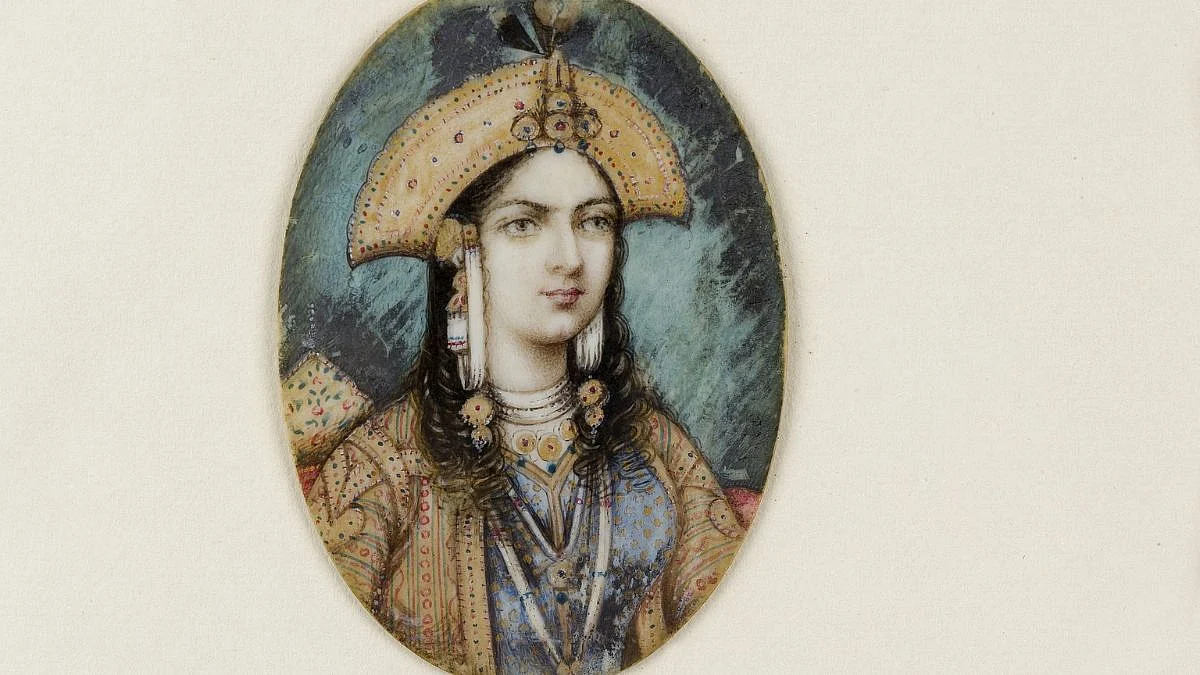Mumtaz Mahal Death Anniversary: Must-Know Facts About The Empress Of The Mughal Empire
Shah Jahān acceded the throne in 1628 and conferred on Arjumand the title of Mumtāz Maḥal (“Chosen One of the Palace”). Though she did not assert authority to the extent her aunt had done, she used her position to promote humanitarian programs for the needy.

Mumtaz Mahal | Wikipedia
Mumtaz Mahal, also called Arjumand Banu Begum, (born in 1593 and died on June 17, 1631), was the wife of Shah Jahān, Mughal emperor of India (1628–58). Having died at a young age only a few years into her husband’s reign, her memory inspired the construction of the Taj Mahal, where she is entombed. And on this day in 2023, take a moment to know more about her life and the ever-lasting legacy she left behind.
All you need to know about Mumtaz Mahal:
Born Arjumand Banu, she was a member of a family that came to command the inner court of the Mughal dynasty in the 17th century. Her family’s high status was secured when her aunt Mehr al-Nesāʾ married Shah Jahān’s father, Jahāngīr, in 1611.
Arjumand’s grandfather Mirzā Ghiyās Beg (known also as Iʿtimād al-Dawlah, “Pillar of the State”), who had entered the royal court during the reign of Akbar (reigned 1556–1605), was then appointed the grand vizier of the empire.
Abū al-Ḥasan Āṣaf Khan, Arjumand’s father and Nūr Jahān’s brother, also attained a high rank within the court and later became grand vizier under Shah Jahān.
Arjumand was betrothed to Prince Khurram (the pre-regnal name of Shah Jahān) in 1607, but it was not until 1612—the date chosen by the court astrologers—that they were permitted to marry. In the meantime, he had taken another wife, and Arjumand thus became his second wife.
She bore 14 children during their marriage, seven of whom survived to adulthood. Their third son was Aurangzeb, the last great Mughal emperor (1658–1707).
Shah Jahān acceded to the throne in 1628 and conferred on Arjumand the title of Mumtāz Maḥal (“Chosen One of the Palace”). Though she did not assert authority to the extent her aunt had done, she used her position to promote humanitarian programs for the needy.
In 1631, though pregnant, she accompanied Shah Jahān on a military campaign in the Deccan. While in Burhanpur, she gave birth to their 14th child and soon after died from haemorrhaging.
She was buried temporarily in Burhanpur, until her body was transferred to Agra in January 1632. That same month, construction began on the Taj Mahal over the site of her burial by Shah Jahan as an act of love for his wife.
RECENT STORIES
-
-
-
-
-